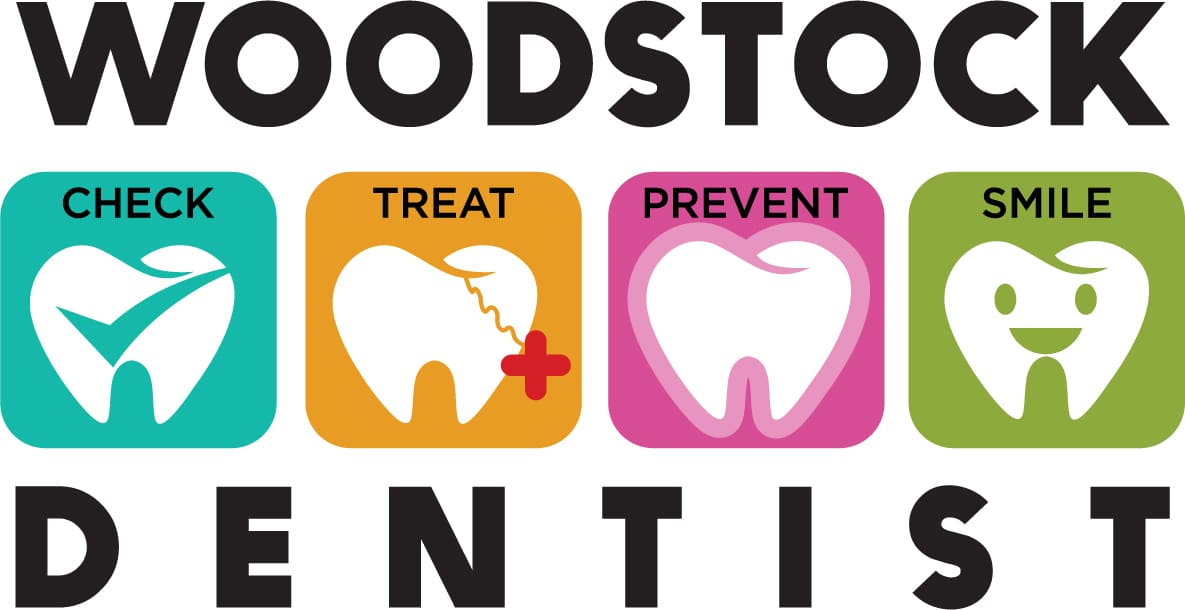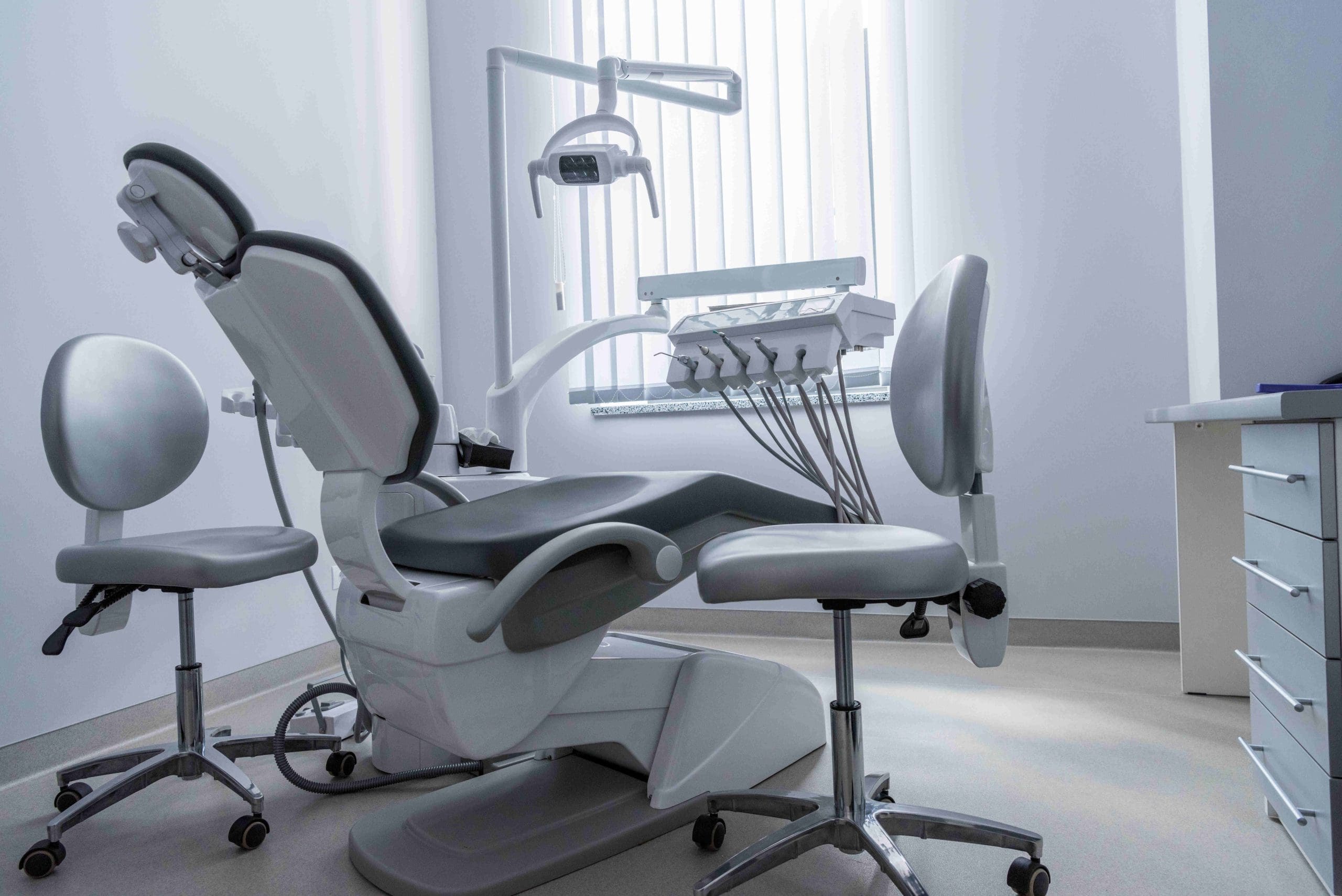Ever wondered how to handle broken tooth repair for a quick and confident smile? Broken tooth repair can swiftly restore your smile, ensuring you feel self-assured and ready to face the world.
Broken Tooth Repair: Emergency Dental Care Options
When it comes to broken tooth repair, seeking immediate attention is crucial to prevent further damage and alleviate pain. Emergency dental care options are available to address various degrees of tooth fractures, from minor chips to severe breaks. These services ensure that you receive prompt and professional care, helping to restore your smile and maintain oral health.
In some cases, a broken tooth may require more extensive treatment, such as an extraction. Understanding the urgency and available solutions can make a significant difference in your dental health. For more information on this topic, you can read about Emergency Tooth Extraction: What You Need to Know Before It’s Too Late.
Broken Tooth Repair
When faced with a broken tooth, finding a quick solution is essential to maintain your confidence and comfort. Temporary fixes for broken teeth can help you manage the situation until you can seek professional dental care. These temporary measures are designed to protect the damaged tooth and alleviate any immediate discomfort, ensuring that you can go about your daily activities without worry.
If you find yourself in need of urgent dental attention, consider exploring options for Emergency Dentistry in Woodstock to address your broken tooth repair needs promptly and effectively.
Handling Tooth Pain Swiftly
Experiencing a broken tooth can be both painful and distressing, but addressing the pain quickly is crucial for maintaining your comfort and well-being. The sudden onset of tooth pain can disrupt your daily activities and impact your overall mood. It’s important to recognize the urgency of the situation and take immediate steps to manage the discomfort. By focusing on alleviating the pain, you can help ensure that you remain as comfortable as possible while seeking further assistance for your dental issue.
Managing Dental Emergencies
Dealing with a broken tooth can be a stressful experience, but understanding how to manage dental emergencies can help you stay calm and collected. Whether it’s a minor chip or a more severe fracture, knowing the basics of broken tooth repair is essential for maintaining your oral health and confidence. If you find yourself in such a situation, seeking professional help promptly is crucial. For those in the area, a visit to a Woodstock Dentist can provide the necessary care and reassurance.
Quick Relief for Tooth Damage
When it comes to broken tooth repair, immediate action is crucial to prevent further damage and alleviate pain. Quick relief for tooth damage can often be achieved through temporary measures such as dental wax, over-the-counter pain relievers, and cold compresses to reduce swelling. However, it’s essential to visit a dentist as soon as possible for a professional assessment and long-term solution. By addressing the issue promptly, you can restore your smile and maintain your oral health with confidence.
Understanding Tooth Repair Basics
When it comes to broken tooth repair, understanding the basics is crucial for making informed decisions about your dental health. A broken tooth can result from various causes, such as trauma, decay, or biting down on something hard. The severity of the break will determine the appropriate treatment, which can range from simple bonding to more complex procedures like crowns or root canals. By familiarizing yourself with these options, you can better communicate with your dentist and choose the best solution for restoring your confident smile.
Immediate Actions for Tooth Breaks
When faced with a dental emergency, knowing the immediate actions for tooth breaks can make all the difference in effective broken tooth repair. First, rinse your mouth gently with warm water to clean the area. If there’s any bleeding, apply gentle pressure with a piece of gauze or a clean cloth. To reduce swelling and alleviate pain, apply a cold compress to the outside of your mouth or cheek. Avoid chewing on the affected side and stick to soft foods until you can see a dentist. Quick and appropriate responses can significantly improve the outcome of your broken tooth repair, ensuring you regain your confident smile as soon as possible.
Dealing with Dental Discomfort
Experiencing a broken tooth can be both painful and distressing, but prompt broken tooth repair can alleviate discomfort and restore your smile. Over-the-counter pain relievers and cold compresses can provide temporary relief, but it’s crucial to consult a dental professional as soon as possible. They can offer solutions such as dental bonding, crowns, or veneers to not only repair the damage but also prevent further complications. Addressing the issue quickly ensures that you maintain both your oral health and confidence.
Steps After a Tooth Breaks
When faced with a dental emergency, knowing the immediate steps after a tooth break can significantly impact the outcome of your broken tooth repair. First, rinse your mouth gently with warm water to clean the area. If there’s any bleeding, apply gentle pressure with a piece of gauze or a clean cloth. To reduce swelling and alleviate pain, use a cold compress on the affected area. Avoid chewing on the broken tooth and stick to soft foods until you can see your dentist. Contact your dental professional as soon as possible to schedule an appointment for a thorough evaluation and appropriate treatment. Quick action can make all the difference in restoring your confident smile.
Conclusion
For more information on broken tooth repair, call us at 678-483-5999 or check out our Google Maps reviews.






